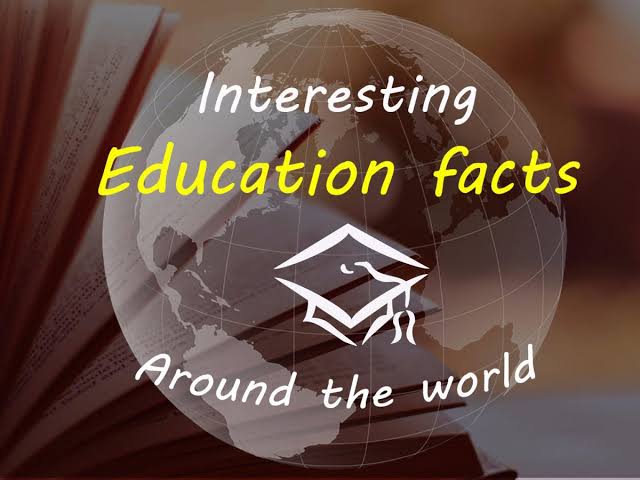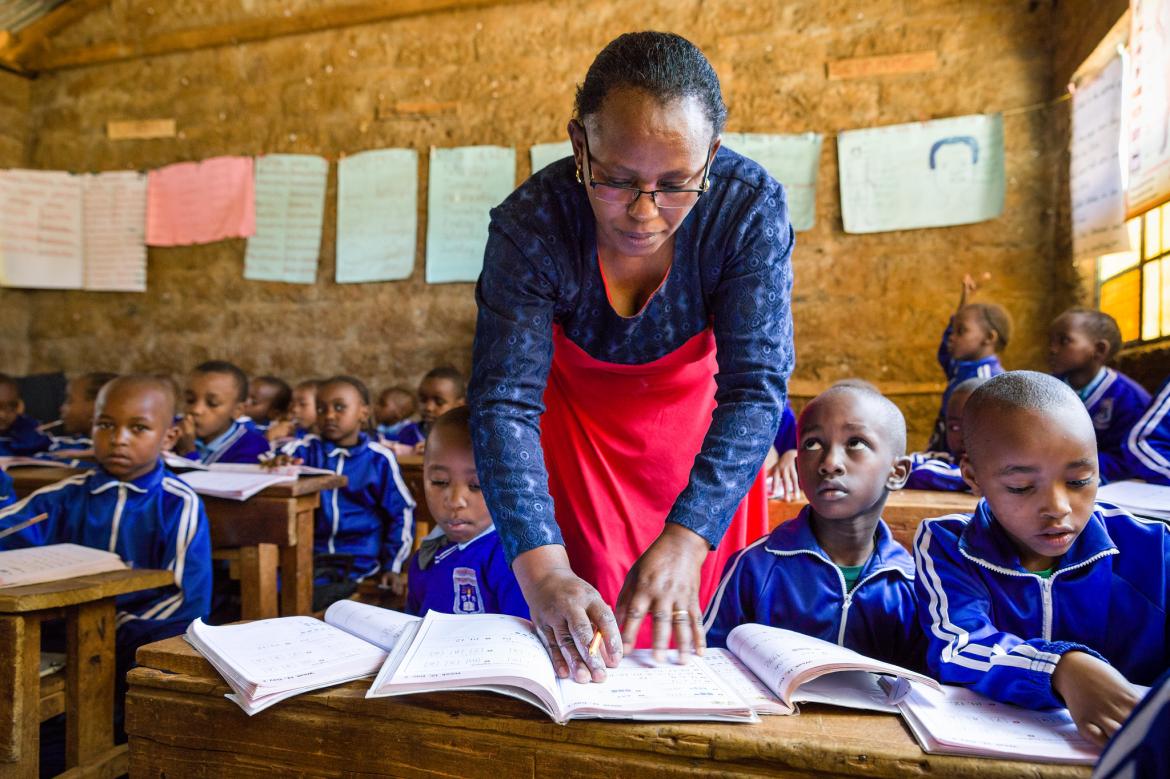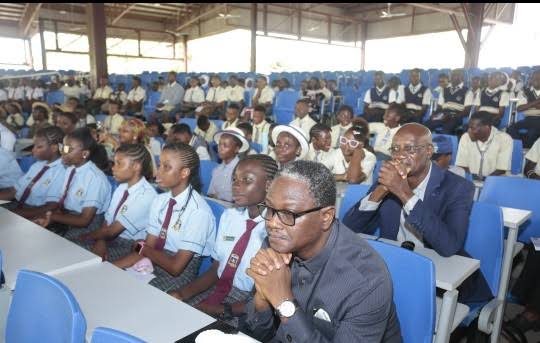Education is something we encounter daily, yet it holds countless surprises. From record-breaking achievements to remarkable historical milestones, education has a rich tapestry that goes beyond classrooms and textbooks. Whether it’s the unique school practices in distant countries, the surprising ways education impacts economies, or the origins of today’s schooling methods, the facts about education can be both enlightening and unexpected. Let’s dive into a variety of education facts that are sure to intrigue, inform, and perhaps even challenge what you thought you knew about learning.
1. According to UNESCO, over 260 million children globally are out of school, primarily in low-income countries. Despite substantial progress, universal access to quality education remains a global challenge.
2. The global adult literacy rate has risen significantly, from 70% in 1980 to over 86% today. However, literacy gaps remain, with sub-Saharan Africa and South Asia having some of the lowest adult literacy rates.
3. Research shows that when female literacy rates rise, so do a nation’s health and economic conditions. According to the World Bank, for every 1% increase in female secondary school enrolment, a country’s annual per capita income grows by approximately 0.3%.
4. Denmark is known for its “forest schools,” where young children spend most of their learning time outdoors. This approach is believed to improve creativity, problem-solving skills, and appreciation for nature.
5. In Japan, students take turns cleaning their classrooms and school facilities. This teaches them responsibility and respect for their environment, embedding values beyond academics.
6. Finland’s education system, renowned for its quality, typically does not require homework for younger students. Instead, emphasis is placed on in-class learning, fostering a balanced life for students.
7. The earliest known schools date back to ancient Mesopotamia, where children learned to write on clay tablets. Education was primarily for boys, focusing on reading, writing, and religion.
8. By 2021, the global e-learning market was worth over $250 billion, a trend accelerated by the COVID-19 pandemic. E-learning platforms have transformed access to education, allowing millions to study from anywhere in the world.
9. Artificial intelligence is reshaping classrooms with tools that personalise learning experiences. By 2025, the AI education market is projected to reach $6 billion, with innovations ranging from adaptive learning apps to AI-powered teaching assistants.
10. In many countries, education budgets fall below the recommended benchmark of 15-20% of public expenditure, set by UNESCO. This shortfall often impacts the quality of education in low-income nations.
11. Today, more countries are embracing inclusive education, with approximately 10% of schools globally offering special education programmes. However, many developing countries still face challenges in providing resources for students with disabilities.
12. Studies show that children who attend preschool are more likely to succeed academically in later years. According to the World Bank, every dollar invested in early childhood education returns around $6 in benefits, making it one of the most cost-effective investments a country can make.
13. Involvement in extracurricular activities is associated with better academic performance, particularly in high school students.
14. While progress has been made, girls in some regions still face significant barriers to education. According to UNESCO, approximately 130 million girls between the ages of 6 and 17 are out of school, a gap that has economic and social consequences.
15. Educating girls has far-reaching effects. Studies show that each additional year of secondary school for girls can reduce the likelihood of child marriage by 5% and increase future income by 10-20%.















